Tanzania is a country with many different ethnicities and tribes that make it a very rich country culturally and sociologically. There are 120 different tribes, each with their own culture, traditions and beliefs.
The largest tribe in Tanzania is the Sukuma tribe, which means north, which is the area where most of the population of this ethnic group comes from (around Mkwanza and Lake Victoria). They are approximately 16% of the total Tanzanian population. In addition, we find other tribal groups such as the Gogo or the Massai. The latter, known as the most warriors, we will try to get to know in the territory of Kenya.
Now, we will try to explain some of the main tribes and ethnic groups we were lucky to meet during our visit to Lake Eyasi: the Hadzabe or Hadza tribe and the Datoga tribe.
The Hadzabe or Hadza tribe
The Hadza or hadzabe are a people from the Bushmen ethnic group who have lived on Africa for over 20,000 years, predominantly in Namibia, Botswana, Zimbabwe and South Africa. They have also lived in Tanzania for 10,000 years, with about 1,000 people across the country. They used to live in the high mountains of the Ngorongoro Conservation Area, but today they are mostly near the shores of Lake Eyasi and its forests.
Its way of life has changed very little over the years, it is believed to be the oldest village existing today. They have developed a great knowledge of nature, sophisticated languages and elaborate tools.
Its hadza language, derived from the Khoisanid languages, stands out for the wide variety of clicks (noises made by cracking the tongue) as phonemes for communication. It is an oral language that has no writing.
The Hadza are nomads, they live by hunting and gathering fruits, berries, seeds and pods that they find in the forests of the place where they live. They also collect honey. They hunt with poisoned bows and arrows that they make themselves. They usually hunt animals such as rats, birds, dick-dick, monkeys, impalas, cudús, buffaloes… Usually men hunt and women gather.
Due to the isolated areas where they live, it is often thought that their diet is very poor. But studies have shown that their diet is very good and their calorie intake is adequate. They maintain a balance between population and resources. They only kill the animals for food and only eat the vegetables they picked that day. They all work together, there is no such thing as competitiveness, greed or private ownership.
They live in an egalitarian society, where there are no leadership structures, where children are educated cooperatively. They build their houses with branches from the trees in the area, in the shape of an igloo, which they also sometimes cover with animal skins. Many times but they sleep on the flat.
Unfortunately, their territory is now being physically invaded by pastors and culturally with attempts to settle them by religion or government pressure. Only a third of the population still lives traditionally and hunting.
The Datoga tribe
The Datoga have their origins in South Sudan and Ethiopia, about 3,000 years ago. They moved south to the mountains of Kenya and Tanzania. There are currently about 3,000 people left in Tanzania.
They are shepherds and their whole life revolves around their herds. They have cows, goats or chickens. They also grow corn or beans. They dress in the skins of their herds, usually in red leather tunics.
The Datoga make handmade metal bracelets and necklaces and then sell them at the market. They get the metals of any piece (nails, car parts, scraps…) before crafting it into a piece of jewelry. To do this, they first place the metal pieces in a container to melt it in the fire. Once they have the metal melted, they put it in a cylinder-shaped mold and let it cool. Once they have a few metals, they place them underground with cow dung to soften them a bit; and thus be able to give different shape and patterns to the new metal they have created. In this way, they create the bracelets that will later be sold in the market. They also create other elements such as the arrowheads and do so by chopping the metal cylinders made to give it the shape they want. It is an ancient art where only with fire, air and stones can many of the ornamental elements of the Datoga be made, as well as achieving exchanges with other tribal groups and an economic benefit.
The men take care of the herds and the women are in charge of building the houses, fetching water and taking care of the children. Some of them have circular tattoos around their eyes.
They are also called Mangati, a word that in Masai means “fierce enemy”, as these two groups do not get along with each other. They were both in the same grazing area of the Ngorongoro and there were many conflicts. Eventually, the Datoga were displaced to the Eyasi Lake area.
Traditionally, young people had to prove that they were old, killing a person other than Datoga (hence the enemy) or dangerous animals such as an elephant, a lion or a buffalo. They also have a reputation for being great warriors. The Datoga language is a Nilotic language related to the Kalenjin languages of Kenya.
They are polygamous, the man usually marries more than one woman. At weddings, cows, goats are killed, and women make a typical alcohol made from honey. They build their houses with branches, sand and cow dung. The roof is also made of clay. Each woman has a house, but they all live together in the same village.
Tanzania is not only a place that stands out for its natural richness, but also for its cultural richness. This has become increasingly important as more and more tribes and ethnic groups open up to find a source of economic resources; as well as, to make sure they know them. Knowing them, they make sure they exist, and if they exist, they can probably have a more promising future (many of them say they are doomed to disappear). So now begins a very interesting work to find, we believe, a balance between the need for subsistence, tourism, sustainability and authenticity.

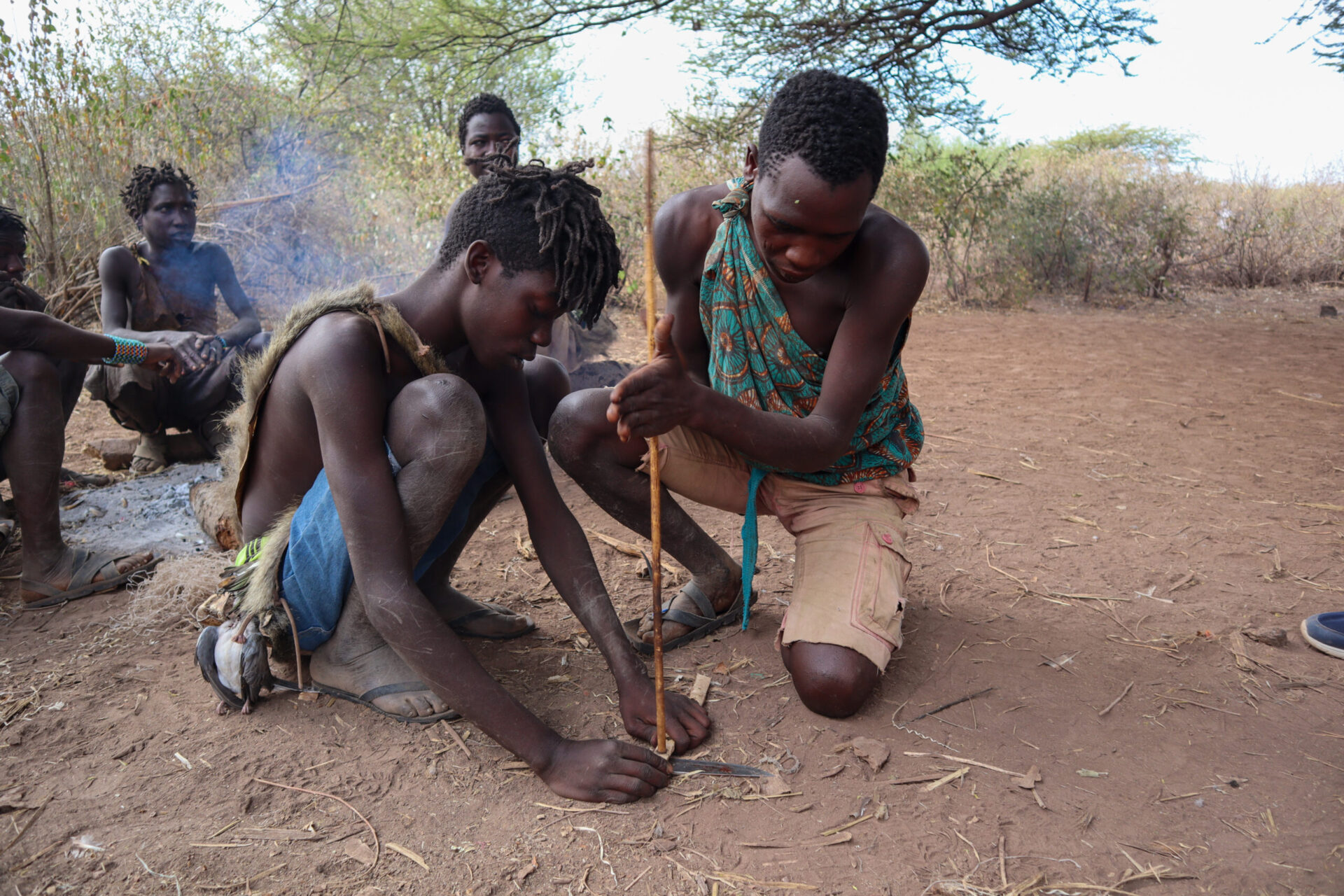
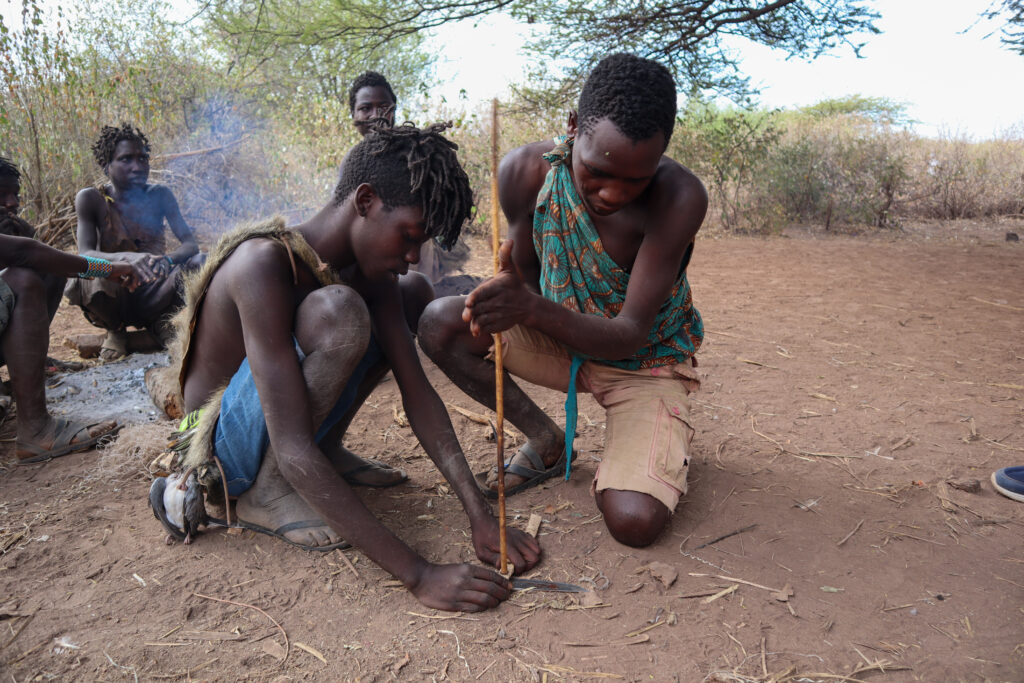
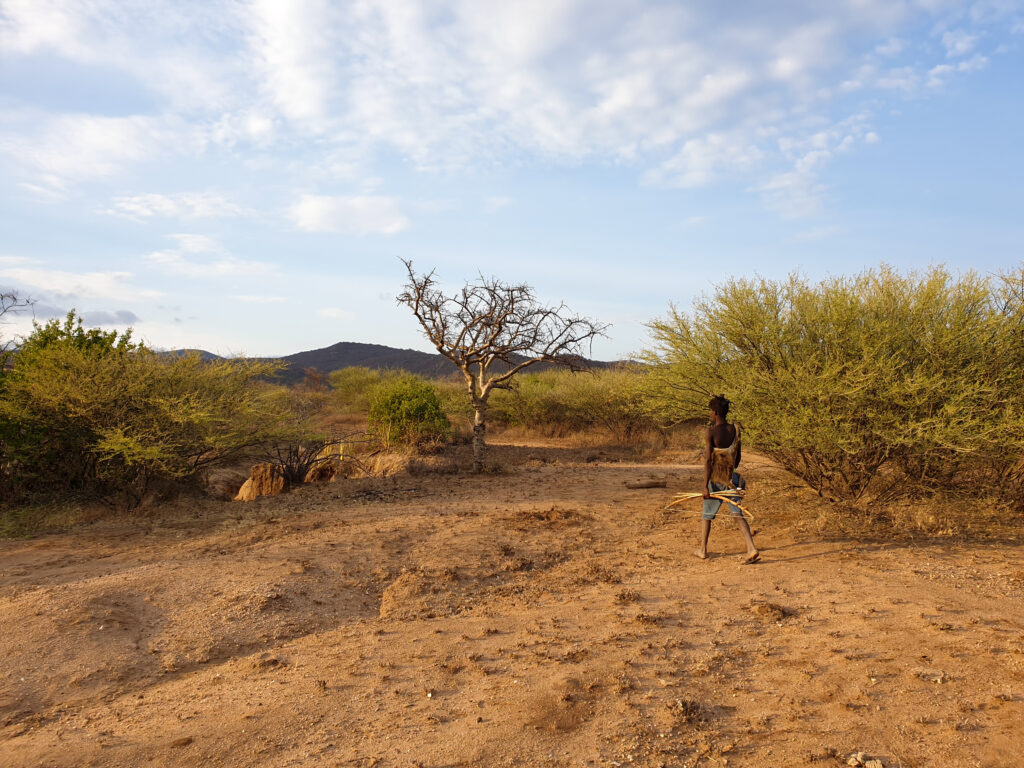

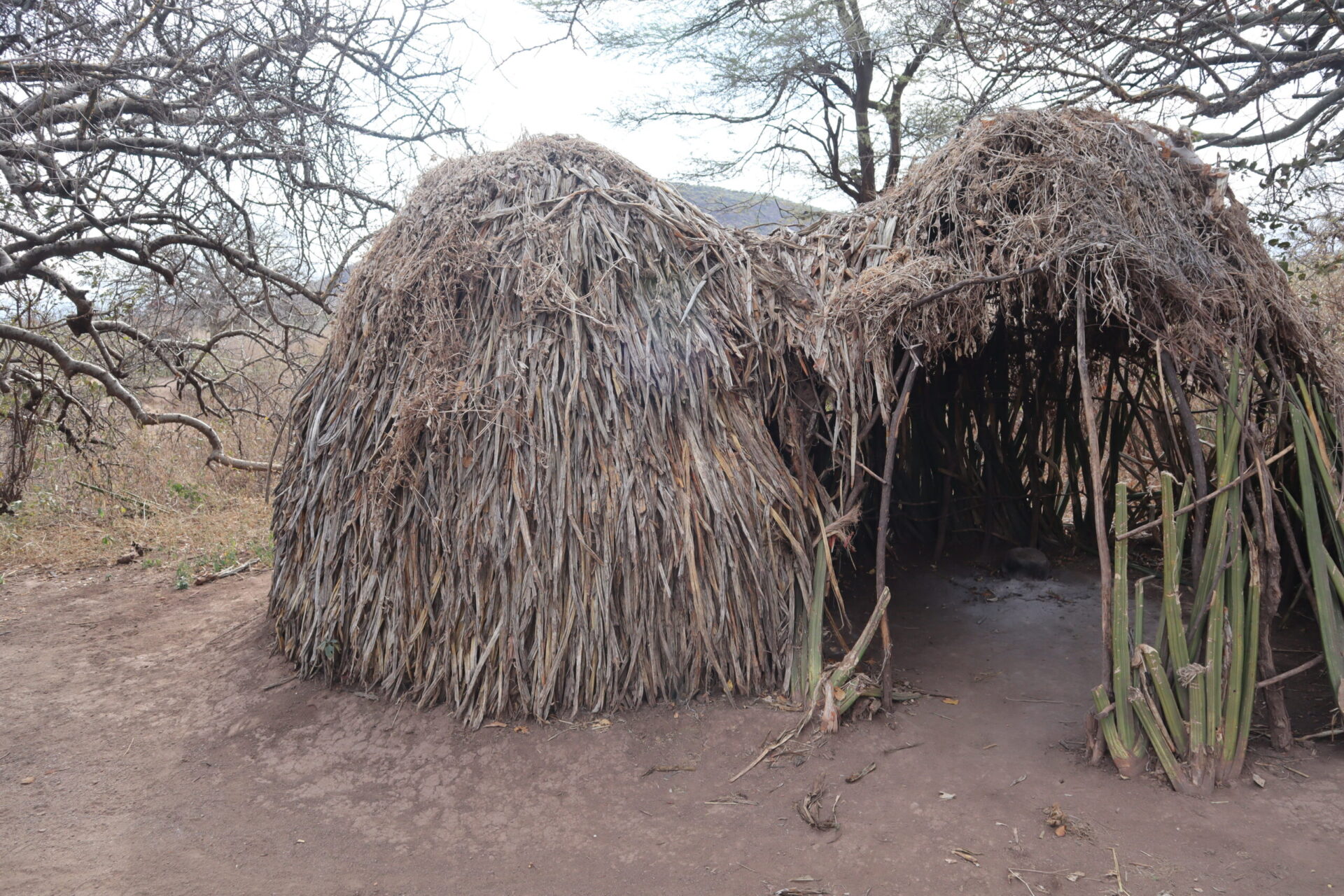


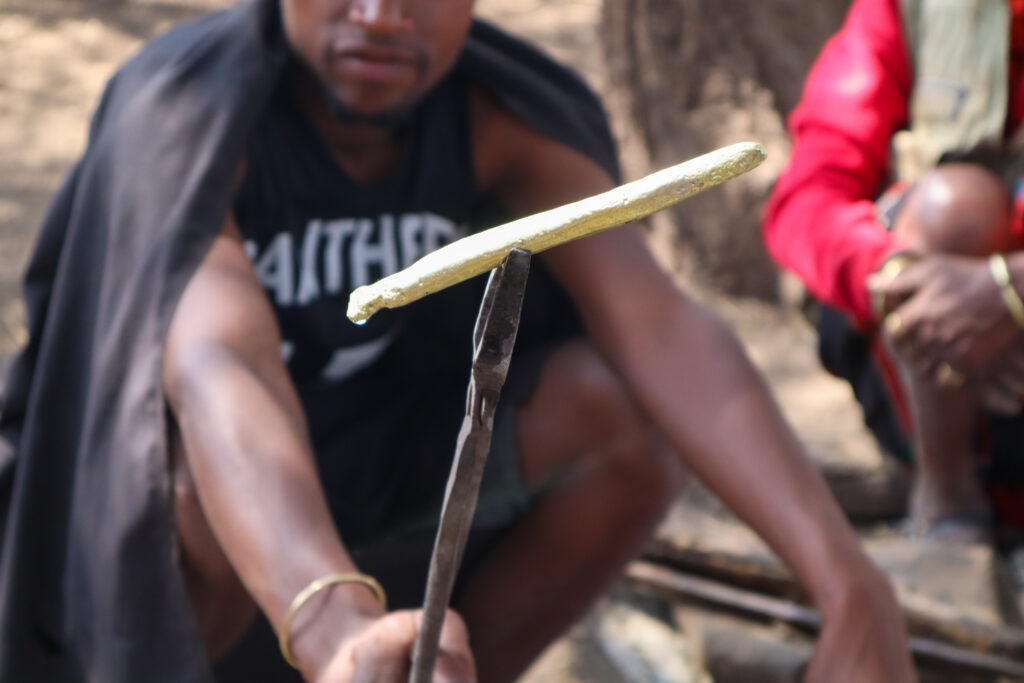
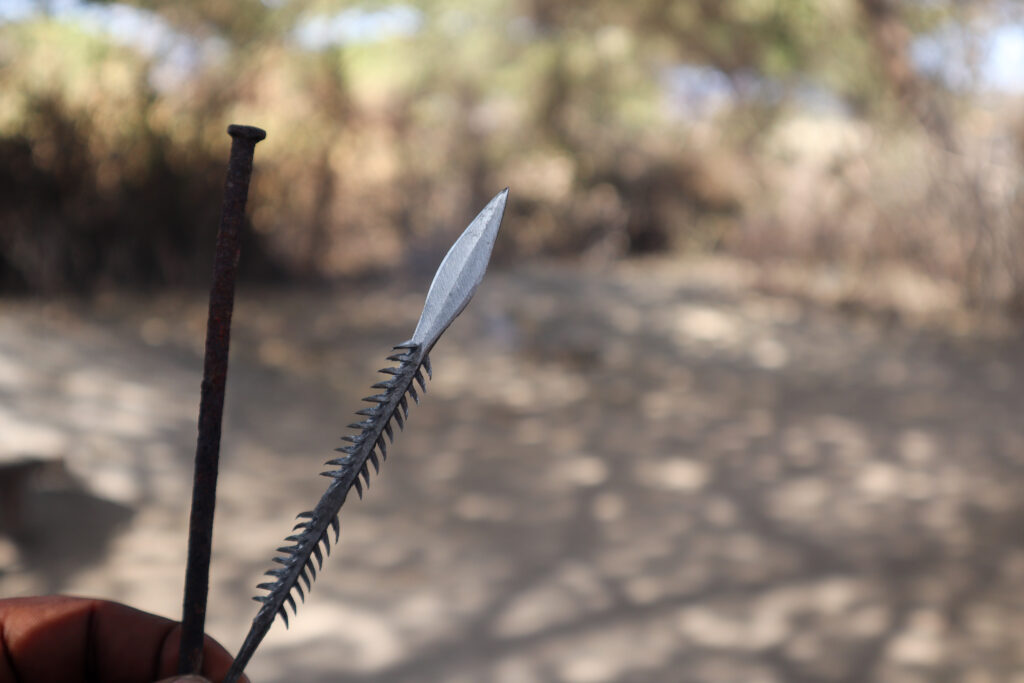
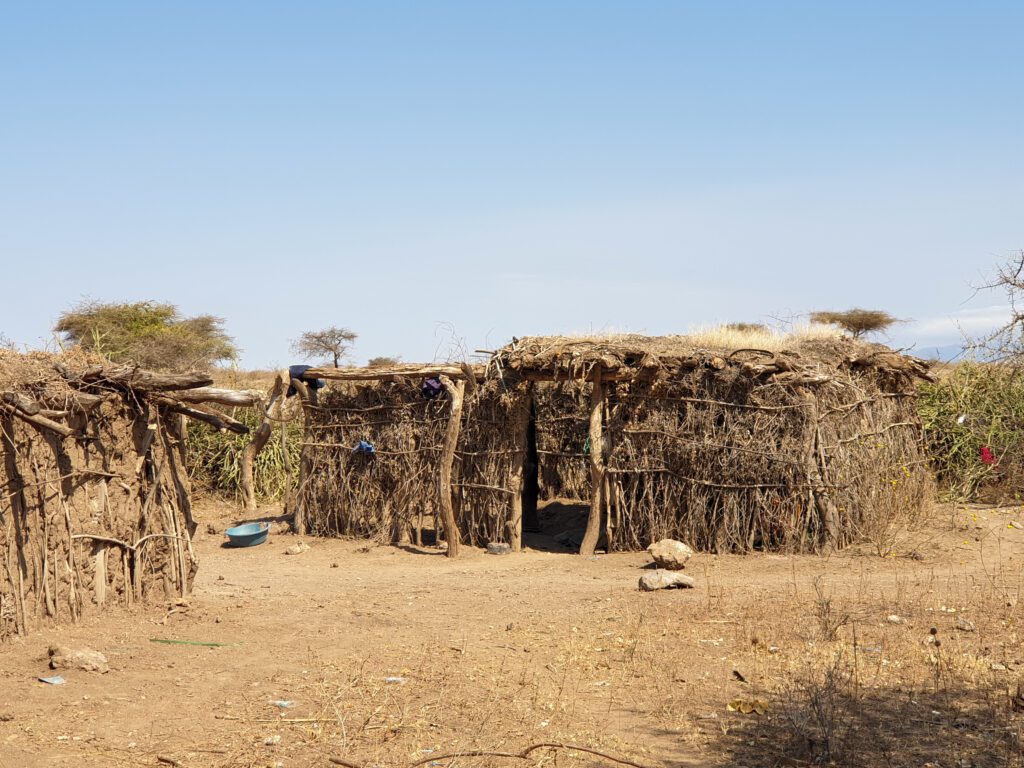
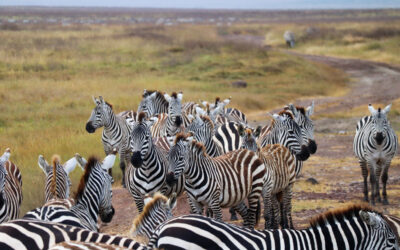


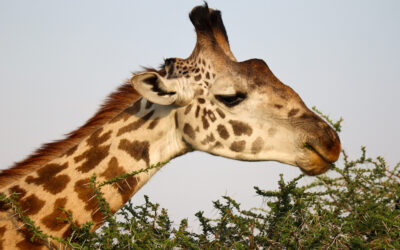
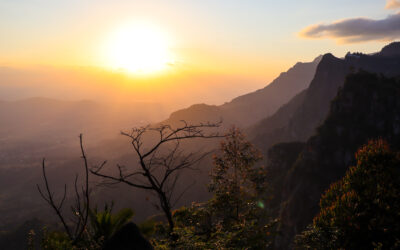
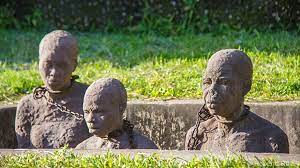

0 Comments